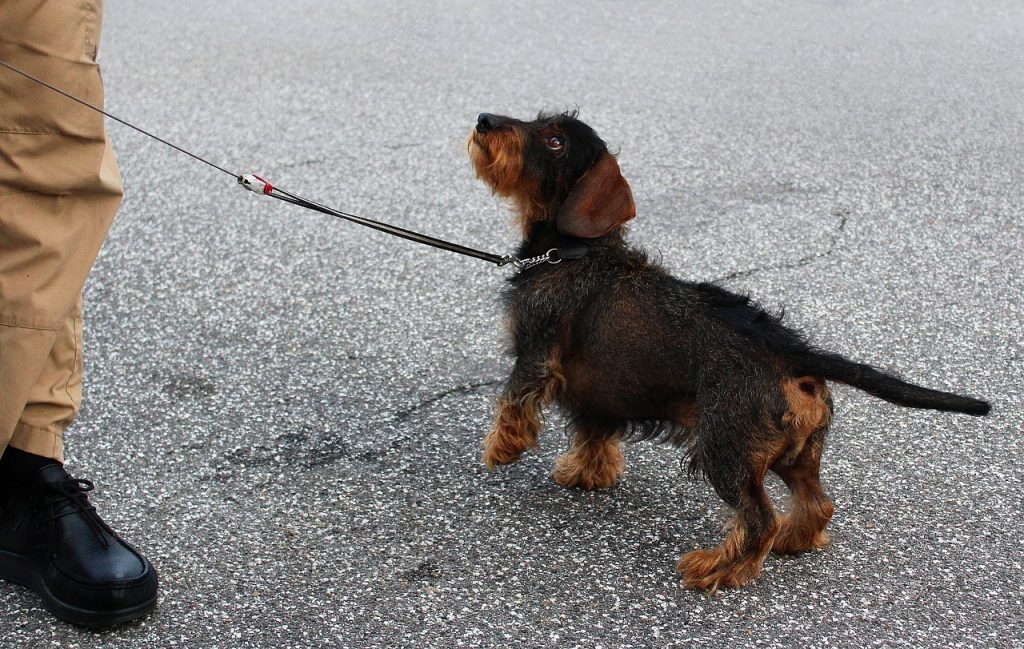
If you can’t bear to be parted from your canine friend, why not consider taking him with you on holiday to France? The process can be very straight-forward, and can be cheaper than putting your dog in kennels.
Pets travelling between countries in the European Union can use the PETS travel scheme, which does not require your dog to go into quarantine. The first step is to get your pet a passport. This will involve a rabies vaccination; a blood test and a six month wait to make sure that there are no pre-existing signs of rabies. Your dog will also need to be micro-chipped (your vet can advise you on the whole of this process).
The least stressful way of travelling for your pet is by car. Travelling on the Eurotunnel is quick and your pet stays in the car with you throughout the crossing; you could also consider the ferry or train.
France is a very dog-friendly country, and dogs are welcomed in many restaurants and cafés. It is fairly common for French B&Bs to accept animals, but make sure that you check beforehand as not all of them do.
For the return journey, a little advance planning is required. You will need to visit a French vet less than 48 but more than 24 hours before the time of your crossing, for the tick/flea and worm treatments (don’t forget that most French vets are closed on Sundays, and many also close on Mondays).
The worm treatment is generally offered by tablet or injection, and the tick/flea treatment normally consists of a liquid applied to the back of the neck. This is just the standard treatment that would be regularly carried out by a responsible owner for a non-passported dog, and so should not be traumatic for your pet.
Tick disease (piroplasmose) is very prevalent in France, more so in some areas than others. The main symptoms are fatigue and loss of appetite, and the disease can be fatal, so it is important to take preventative measures. In addition to applying the tick treatment, you should always carry a small hooked tick removal tool, easily obtainable from any French pharmacy or vets, and make sure that you check your pet thoroughly after walks, especially if he is long-haired. If picked up early enough, piro is very treatable, so keep a close eye on your pet, and consult a vet if you are worried. The ticks are most active in the spring and autumn, so take particular care to make sure your dog is protected at these peak times.
Most French vets are very conversant with la rentrée, and most will also give your dog a comprehensive health check to make sure he is fit to travel. Before leaving the surgery, check that the necessary passport pages have been stamped correctly (the tick and worm pages are the obligatory ones). The customs officials will not allow any leeway, and you could be turned away due to forgotten passports or incorrect paperwork.
On the return journey, the procedure is very quick and easy, provided that all the paperwork is in order. Pet Control Officers will check the vet’s stamps in the passport, and also verify (by checking the microchip) that the passport belongs to the dog that you are presenting. The whole process takes only a few minutes, and once the microchip has been verified the dog can be taken outside again if he is getting at all stressed.
On the whole, travelling with your dog is very rewarding and well worth the small amount of ‘red tape’. It is far more satisfying to have your pet with you enjoying the holiday rather than stuck in kennels, and with a little effort you can both have a great time.
Tips
